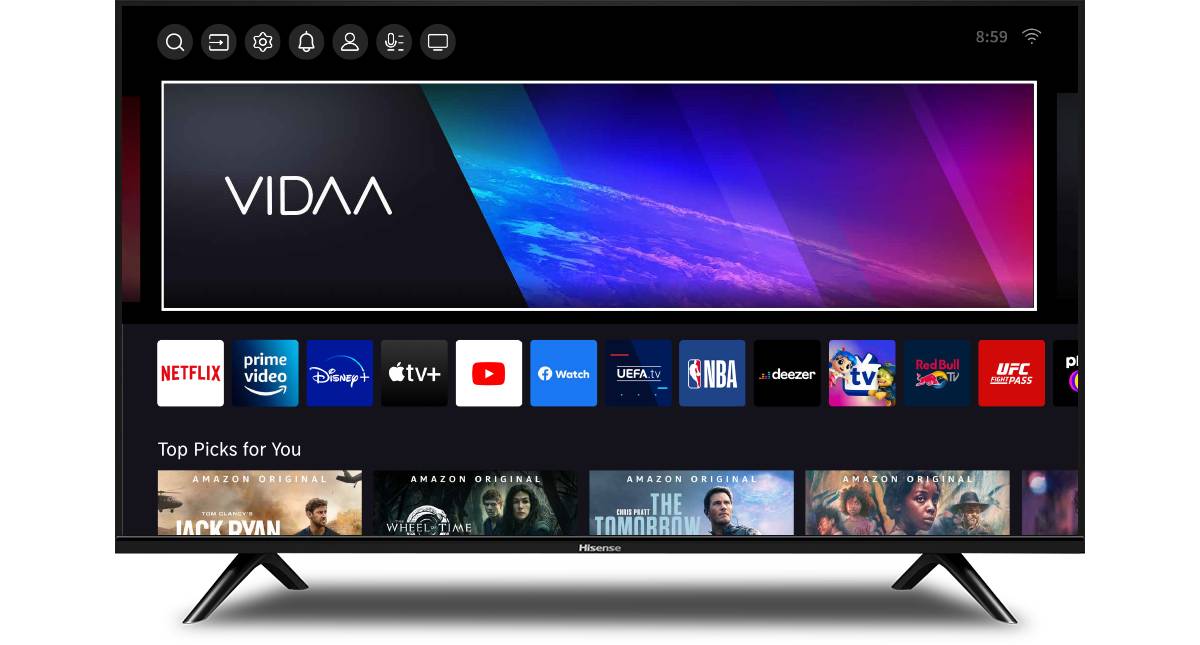Google’s parent company Alphabet only began disclosing YouTube’s specific revenues in financial results in 2020, but even without seeing the numbers, it’s safe to say the prior decade was one of tremendous ad revenue growth for the video sharing behemoth. YouTube has come to dominate the video ad market, posting growth even during the depths of the pandemic and has come to own a good chunk of the connected TV advertising market too.
So it was a significant moment yesterday when YouTube posted its first year-on-year decline in ad revenue, down two percent year-on-year to $7.1 billion. But exactly how significant it is remains in question.
Short-term pullbacks?
The decline should obviously be taken in context. YouTube isn’t the only massive social platform to report a drop in ad revenues, with current macroeconomic factors leading some advertisers to pull back ad spending.
In an earnings call following the results, Alphabet’s chief business officer Philipp Schindler said the revenue drop was the result of “pullbacks in spend by some advertisers” which started in Q1 and increased in the third quarter.
Advertiser pullbacks haven’t affected all ad-reliant businesses. Agencies have notably continued delivering organic growth despite macroeconomic factors. And a report from IAB UK and PwC released today shows that in the UK, the digital ad market grew by 15 percent year-on-year in H1. Video advertising specifically was up by six percent in the first half of the year.
YouTube may have been affected by the same phenomenon reported by Snapchat earlier in the year – namely, that when advertisers are looking to quickly cut costs, turning off programmatic ad campaigns is a very quick way to do so. This alone doesn’t give the full picture though, since Google’s search ad revenues (which would also be primed for short-term cuts) have held up much more strongly.
Or a long-term shift?
While Google says otherwise, it’s possible the drop is an early indication of a longer term slowdown for YouTube’s ad revenues.
One headwind which isn’t going away is the impact of Apple’s App Tracking Transparency feature, which has put a dent in mobile ad revenues since it was released last year by making tracking and attribution harder on iOS devices. As Eric Seufert, analyst at Mobile Dev Memo, pointed out on Twitter, ATT would explain the differences in fortunes for search and YouTube, since search isn’t affected by ATT.
Another possible factor at play is ramping up competition for digital video budgets, which is happening on multiple fronts.
The success of TikTok is the obvious example, but for the time being TikTok’s main threat is in drawing away eyeballs (and thereby reducing YouTube’s ad revenues) rather than in directly competing with YouTube for budget. Interestingly though, the changes that YouTube has made in order to retain viewers is affecting its ability to monetise viewing time.
YouTube Shorts, YouTube’s TikTok-like feed, is rapidly growing in terms of viewership. But for a long time, Shorts didn’t support advertising at all, and even now there’s a gap between YouTube’s ability to monetise shorts content compared with its longer-form videos.
“We continued to experience a slight headwind to revenues as Shorts viewership grew as a percentage of total YouTube watch time,” said Schindler on the earnings call. Schindler says the company is making progress on this monetisation gap. But will that gap ever close completely? YouTube could probably never run its more premium long unskippable ad formats on Shorts without losing audiences, and so may struggle to monetise its shorts inventory as efficiently as it monetises the rest of its content.
The growth of CTV could also be playing a role. This growth has in some ways been beneficial for YouTube, since YouTube has been successful in growing its viewing in the living room. But the fact that some agencies group CTV along with other forms of digital video (rather than linear TV), means that the growth of CTV has in some cases added a whole new pool of expensive, quality inventory which YouTube has to compete with.




